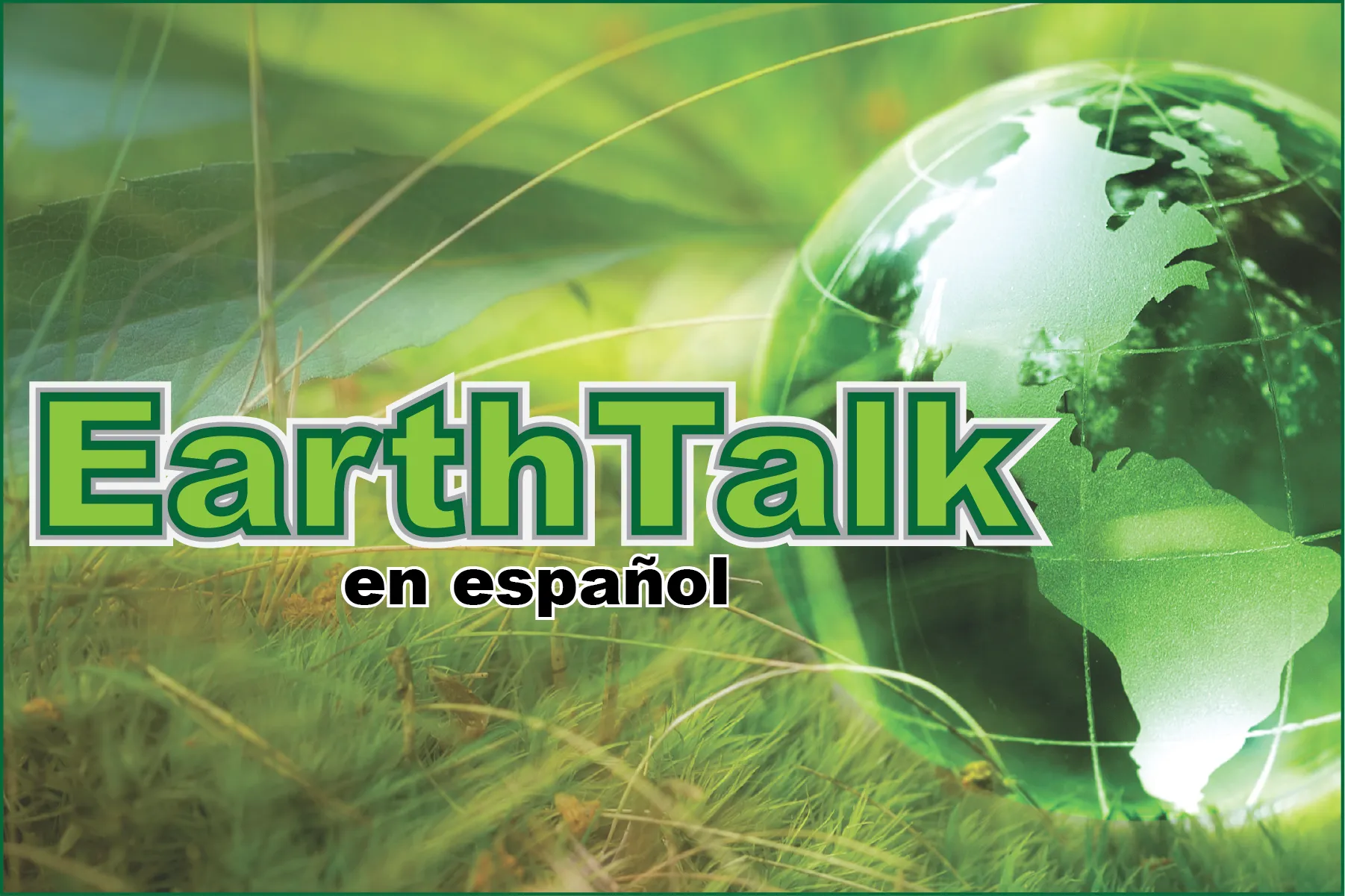
Weed Less, Grow More with Mulch
Mulch can be utilized in nearly every garden setting. From a robust vegetable garden to ornamental landscape beds, preventing seeds from germinating is the best defense against a weedy garden. Mulch will smother annual weed seeds and reduce or eliminate cultivation, hand weeding and chemical weed control while contributing beneficial organic matter.
A blanket of mulch helps regulate soil temperatures and slow moisture losses to create the perfect environment for plant roots. Additionally, organic mulches break down over time. Increased organic matter aids the soil’s ability to retain plant nutrients such as potassium, magnesium, calcium and iron. Mulches applied near planting beds and trees have the added benefit of decreasing mechanical damage from lawn mowers and string trimmers.
An MSU study demonstrated that organic mulch regulates soil temperatures by as much as 18 degrees at mid-day, which allows moisture levels to remain more consistent and diminishes moisture losses. A caution, though: Mulching may decrease the need for watering, but does not replace it.
Another important benefit of mulch is to protect vegetable plants from disease infection. Soil harbors disease spores that can splash up on the plant when it rains or during overhead irrigation. Covering the soil with mulch prevents these spores from reaching your plants, breaking the disease cycle and allowing your plants to produce healthier foliage and fruit.
Types of mulch
Wood mulches are widely available, generally beneficial and will vary in price. They are long-lasting because the wood pieces—whether shredded bark or loose chips— break down slower than finely ground or composted product. Mulch can be coarse, ground chips; color-enhanced; recycled wood; or shredded bark, so choosing a type of mulch is often based on personal preference and appearance. Each type of mulch may vary in how quickly it breaks down. In northern states, red pine and hardwood bark are widely available as byproducts of timbering. While these mulches add organic matter to the soil as they decompose, they do not generally supply much nitrogen.
Mulch around vegetables
A thin layer of mulch can provide a barrier to diseases for some vegetables
Mulches derived from leaf tissue such as compost, ground leaves and pine needles have the added benefit of supplying nitrogen to the planting bed as they break down. These mulches can be produced from your own recycled green material, enhancing your home’s sustainability. To learn more about composting, see the Smart Gardening tip sheet, “Composting: A smart gardening practice to recycle garden and yard waste.”
Mulches that are shipped long distances such as pine needles may not be as sustainable. Pine needles have the added benefit of “allelopathy,” meaning they contain naturally occurring compounds that suppress weed seedlings. Contrary to popular belief, pine needle mulch will not change your soil’s pH.
Pine needles Mulch comprised of pine needles contributes nitrogen to plants as well as suppresses weeds.
Good mulch gone bad
It seems like the benefits of organic mulches are endless. However, like many things in a smart garden, too much is just too much! In a new landscape bed, use 3-4 inches of mulch initially, then topdress each year with only about 1 inch. Under automatic irrigation, wood mulches tend to degrade quicker due to increased microbial activity. Dry spots in the landscape will retain greater proportions of mulch each year requiring smaller applications.
When gardener’s heap on thick layers of mulch every season, plants—especially perennials—can be “smothered.” Rots may be encouraged with too much organic material at the plant’s crown. Some of our favorite wood mulches can actually become detrimental when it comes to moisture retention if not used correctly. As the mulch dries out, it cakes together and can become a layer resistant to rainfall and irrigation. This “hydrophobic” zone in the mulch will need to be broken up manually with a garden fork or hoe before water can penetrate it. Mulch in irrigated zones seldom needs much attention.
Too much mulch
Unfortunately, the example set by many landscapes is to have mulch in a “volcano” pile around tree trunks. This dark, moist environment is an invitation for root rot and insect invasion. Surface-feeding tree roots will establish in this area and be unable to perform the role of roots naturally occurring in the soil profile.
Volcano mulch
A “mulch volcano” around the base of a tree. Trees should have a 6-inch, mulch-free ring around them.
If you are trying to invite pollinators to your garden, provide some small area where there is no mulch. Bare soil is needed for many native bees to nest and raise young.
Smart gardeners use organic mulches in their landscapes to benefit surrounding plants and define garden spaces. Used in a vegetable garden, time spent weeding can be minimized, and plants will benefit from the mulch’s moderating effect on soil moisture levels. Just remember that too much of a good thing is just too much!
This article was published by Michigan State University Extension. For more information, visit http://www.msue.msu.edu.

















